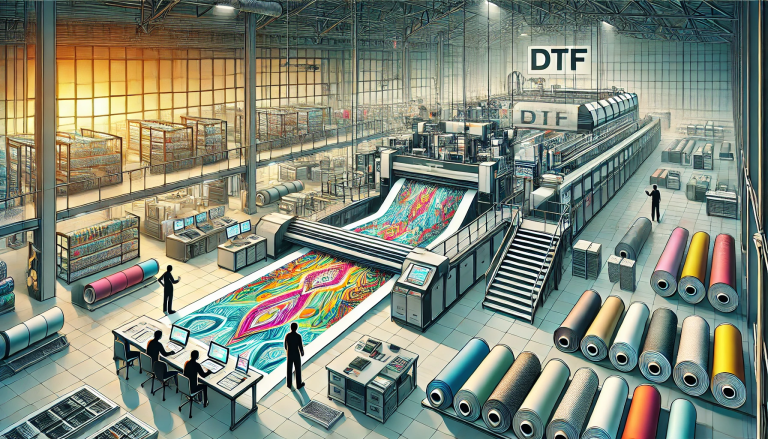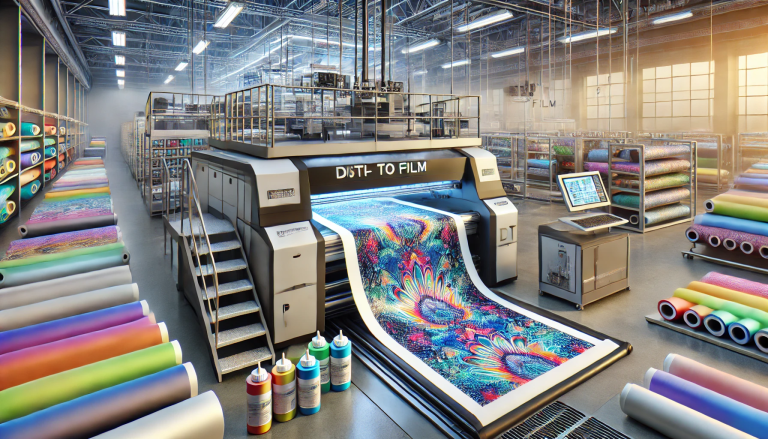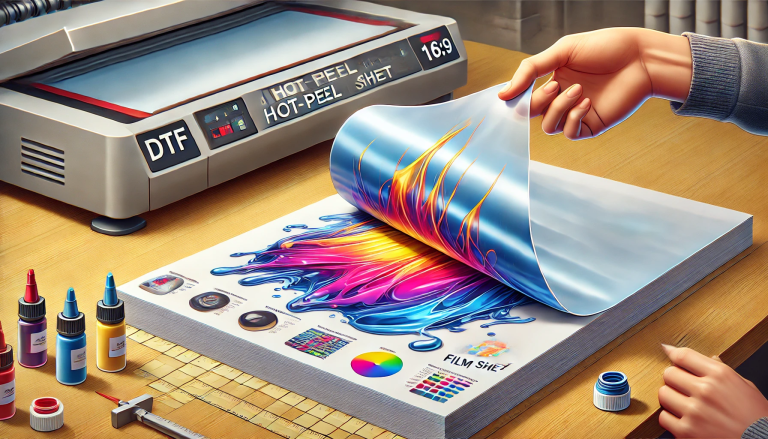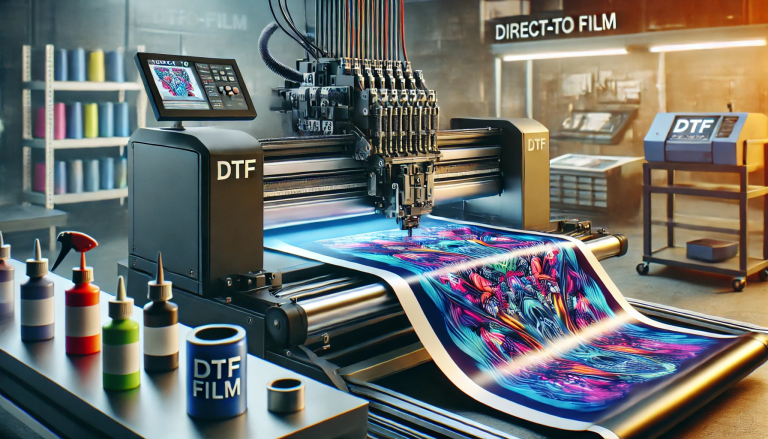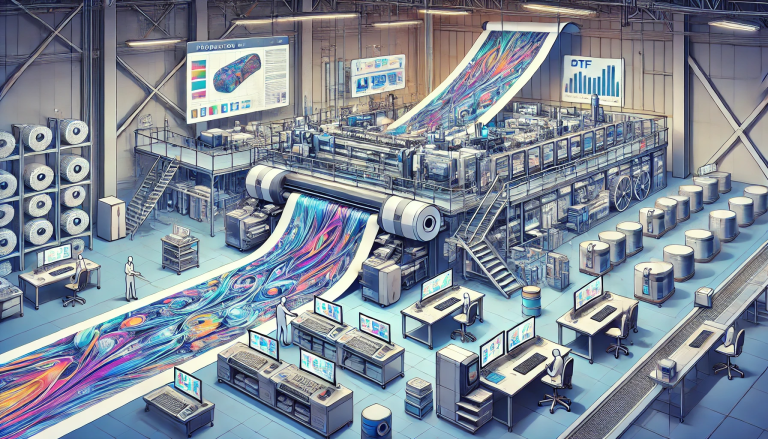“Unraveling the UV DTF Film Feeding Problem: Causes and Solutions” -MAXDTF- UV DTF transfer Decal Manufacturer, UV DTF AB Film Factory, Made in China
Introduction
Direct to Film (DTF) printing has emerged as a versatile and efficient method of transferring vibrant designs onto various substrates. Utilizing UV-cured inks, DTF printing offers a wide range of applications, from textiles and garments to ceramics and promotional items. However, like any printing technology, DTF is not without its challenges. One recurring issue that print operators often encounter is the UV DTF film feeding problem. In this blog post, we will delve into the causes behind this issue and explore potential solutions to ensure smooth and flawless printing.
Understanding the UV DTF Film Feeding Problem
The UV DTF film feeding problem refers to the difficulty encountered in properly feeding the DTF film through the printing system. This issue can lead to misalignment, inconsistent prints, and wasted materials, ultimately impacting the quality and efficiency of the printing process.
Causes of UV DTF Film Feeding Problem
- Film Tension: Improper tension of the DTF film can hinder its smooth movement through the printer. Excessive tension can lead to stretching or warping of the film, while insufficient tension can cause slippage and misalignment.
- Film Roll Alignment: Misaligned or skewed film rolls can result in uneven feeding, leading to distorted prints and potential damage to the printing system.
- Dirty or Worn Rollers: Dust, debris, or worn-out rollers can impede the smooth movement of the film, causing friction and disruptions in the feeding process.
- Ink Buildup: Accidental ink spills or buildup on the film or rollers can affect the film’s traction, leading to feeding issues.
- Printer Calibration: Incorrect printer settings, such as print head height and platen pressure, can impact the film’s movement and alignment during printing.
Solutions to UV DTF Film Feeding Problem
- Proper Film Tension: Ensure that the DTF film is loaded onto the system with balanced tension. Follow manufacturer guidelines for tension adjustment and monitor it regularly to prevent overstretching or slippage.
- Film Roll Alignment: Check and adjust the alignment of film rolls before printing. Use guides or markers to ensure that the film is loaded straight and centered.
- Regular Maintenance: Clean the rollers and printer components routinely to prevent dust and debris buildup. Replace worn-out rollers to maintain optimal film movement.
- Ink Management: Practice careful ink handling to prevent spills and buildup on the film and rollers. Clean any accidental spills immediately to avoid potential feeding issues.
- Printer Calibration: Regularly calibrate your printer according to manufacturer instructions. Ensure accurate print head height and platen pressure settings to facilitate smooth film feeding.
- Quality Film: Invest in high-quality DTF film that is less prone to stretching, warping, or tearing. The right film can significantly reduce feeding problems.
- Operator Training: Properly train print operators to handle the printing system, load the film correctly, and troubleshoot minor issues to prevent feeding problems.
Conclusion
The UV DTF film feeding problem can be a frustrating hurdle for print operators, but armed with the knowledge of its causes and solutions, it becomes a challenge that can be effectively managed. By maintaining proper film tension, ensuring film roll alignment, practicing regular maintenance, and following ink management best practices, operators can minimize feeding issues and achieve consistent, high-quality prints. As DTF printing technology continues to evolve, addressing and overcoming challenges like the film feeding problem will contribute to the industry’s growth and success.

